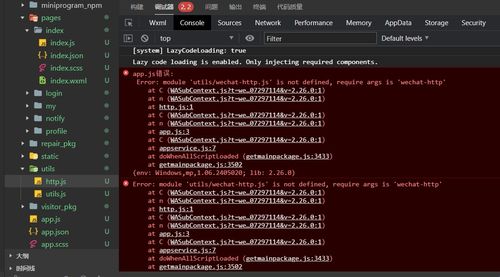Content:
As a dedicated angler who loves to spend every day on the water, you've likely accumulated a wealth of knowledge and experience. One skill that can greatly enhance your fishing success is the ability to effectively switch fishing spots. Whether you're targeting different species or simply looking to keep the action fresh, mastering the art of changing your fishing location can be a game-changer. Here are some essential techniques to help you switch fishing spots like a pro.
- Understand the Basics of Fish Behavior
Before you can effectively switch fishing spots, it's crucial to understand the basic behavior of the fish you're targeting. Different species have different preferences for water temperature, depth, and type of cover. By studying the habits of your target fish, you can more accurately predict where they might be and how to switch spots accordingly.
- Keep a Log of Your Successful Spots
One of the best ways to learn where to switch fishing spots is to keep a detailed log of your successful locations. Note the time of day, weather conditions, water temperature, and any other relevant factors. Over time, you'll start to notice patterns and can use this information to guide your spot-switching strategy.
- Identify Key Features
Look for key features in the water that can indicate good fishing spots. These might include rocks, fallen trees, weeds, or drop-offs. These features can create ideal habitats for fish, as they offer protection and food sources. By identifying these features, you can move to similar spots when switching locations.
- Use a Map and Compass
Carrying a map and compass can be invaluable when switching fishing spots. Use them to navigate to new areas and to plan your route. A topographical map can help you identify potential spots that you might not see from the water's edge.
- Observe the Water
As you move from one spot to another, take the time to observe the water. Look for signs of fish activity, such as splashes, bubbles, or surface disturbance. These can indicate that fish are present and may be in the area you're considering.
- Adjust Your Tackle and Technique
When you switch fishing spots, it's important to adjust your tackle and technique to match the conditions. For example, if you're moving from a shallow area to a deeper one, you may need to change your lure size or type to match the fish's new environment.

- Experiment with Different Lures and Baits
If you're not getting bites in a new spot, don't be afraid to experiment with different lures and baits. Sometimes, the fish in a new area may have different preferences than those in your previous spot. By trying various options, you can increase your chances of success.
- Be Patient and Observant
Switching fishing spots can be a process of trial and error. Be patient and observant. If a spot isn't producing, take a moment to think about what might be wrong and how you can adjust. Sometimes, it's as simple as changing your approach or waiting for a different time of day.
- Stay Informed About Weather and Water Conditions
Weather and water conditions can significantly impact fish behavior. Keep an eye on the forecast and be prepared to switch spots if conditions change. For example, a sudden drop in water temperature or a sudden increase in wind can spook fish and make them more difficult to catch.
- Use Local Knowledge
If you're fishing in a new area, don't hesitate to ask local anglers for advice. They can provide valuable insights into the best spots and techniques for that particular body of water.
In conclusion, switching fishing spots is an art that requires patience, observation, and a willingness to adapt. By understanding fish behavior, keeping a log of successful spots, and using the right techniques, you can become a master at finding and targeting new fishing locations. Whether you're a daily angler or just looking to enhance your fishing experience, these techniques can help you catch more fish and enjoy the beauty of the water even more. Happy fishing!












